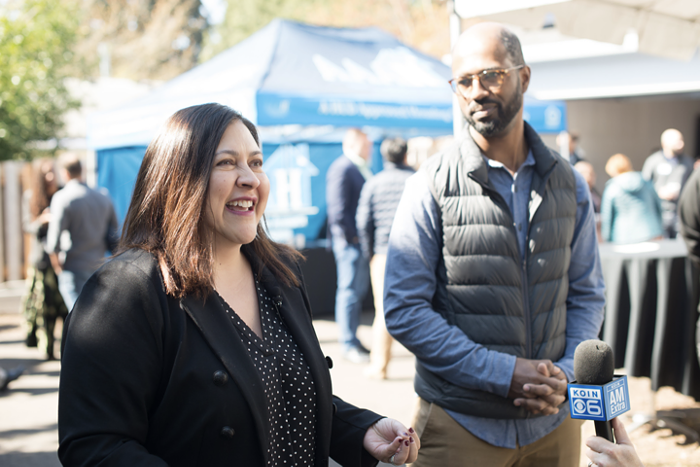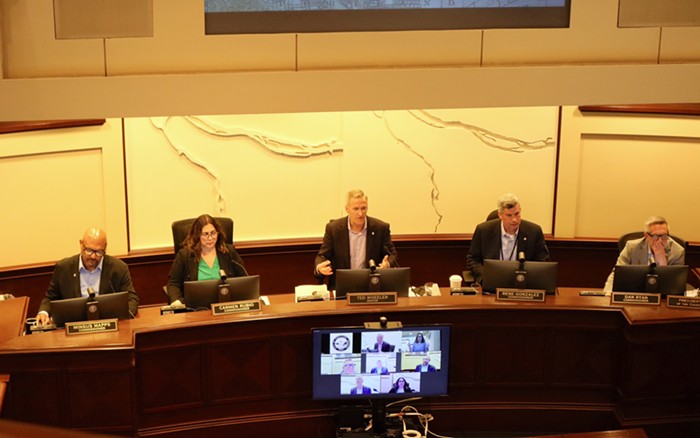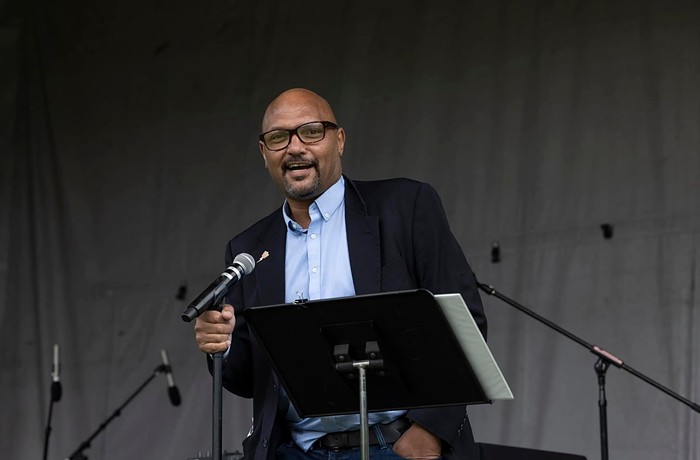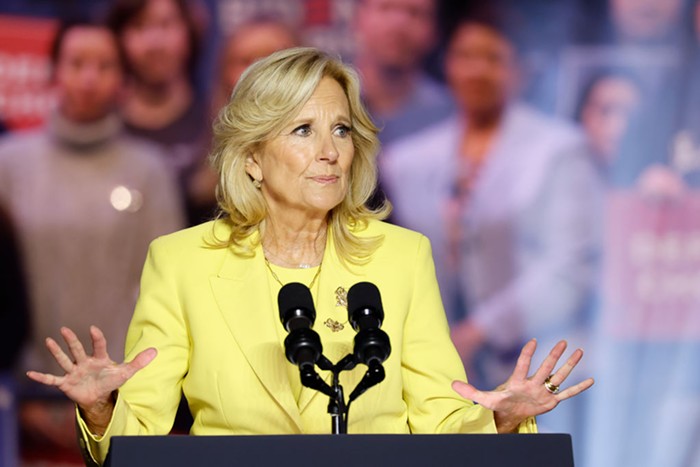
- Brown: Helping pay for bike, ped, and rail projects.
Last year, the council had pledged $30 million. But that was before the feds offered TriMet less money than anticipated. Once it seconds its decision next week, the council will now shift an additional $25 million toward the rail project, a promise officials say was made possible after Adams negotiated (potentially shaky) cost savings from the unrelated Sellwood Bridge rebuild.
Those savings, however, will likely amount only to $20 million. And the city, in the meantime, will looking to tap gas-tax revenues, money from local taxing districts, and land donations to make up its resolution.
So to get the extra $5 million, the city is turning to a controversial—and also potentially shaky—source of income: a new "overlay" district sprawling from the blocks around Portland State across the new CaruthersWillamette River light rail bridge and throughout a large swath of Inner Southeast. (The Southwest portion should look familiar: It mirrors the "Innovation" urban renewal area Adams has already proposed.)
How would that work? Keep reading.
The district isn't like an assessment zone—used to pay for things like streetcar lines, or sidewalks—in which all property owners would be asked to chip in. In this large zone, new businesses and expanding businesses would be asked to pay significantly higher fees.
The city is counting on a wave of transit-inspired expansion in a half-mile radius around the new light rail tracks. An additional $9 million raised by the new overlay would be used to invest in related projects in Southeast.

But what if that expansion doesn't happen? Light rail would be built no matter what. To pay for pay for the extension, and any other projects the city might be under contract for, funds for other transportation work would need to be raided.
Naturally, neighbors and business groups have some concerns. A final vote on the overlay won't be due until July, and there could be changes in boundaries and additional exemptions that would allow more current businesses to expand without being subject to the new fees.
















